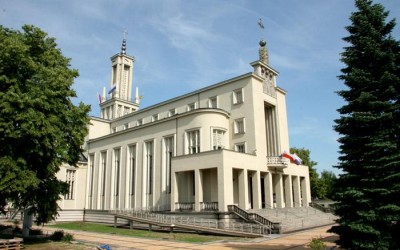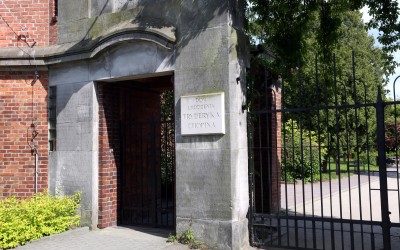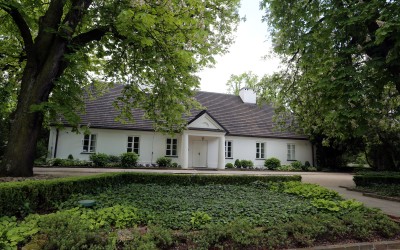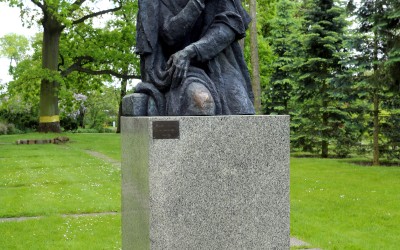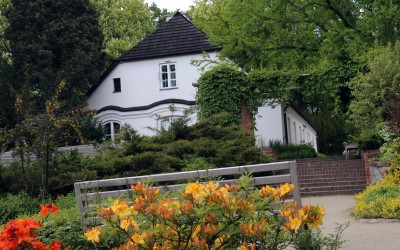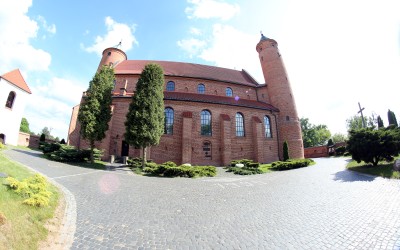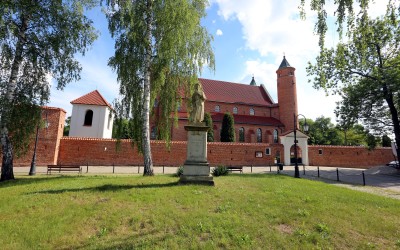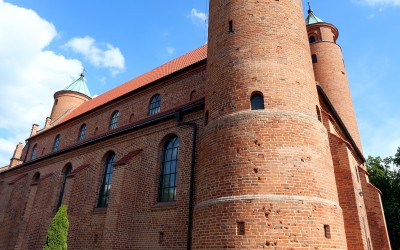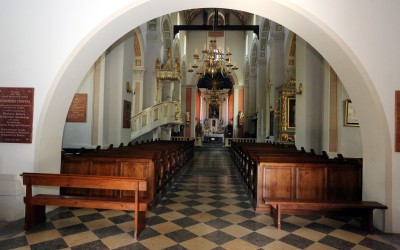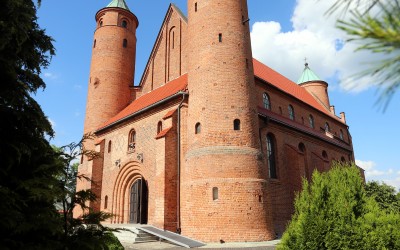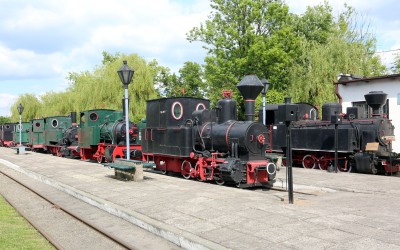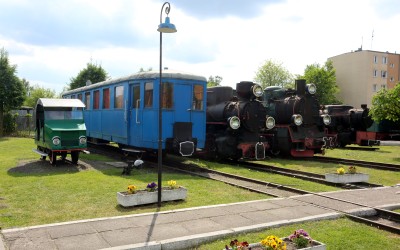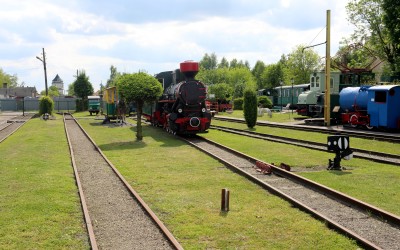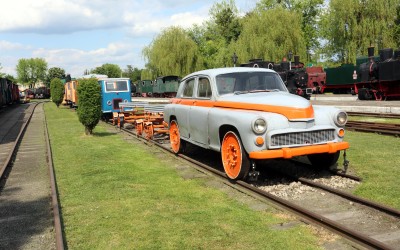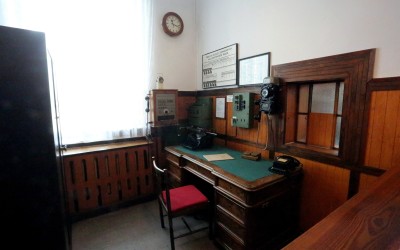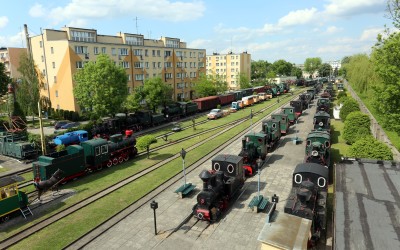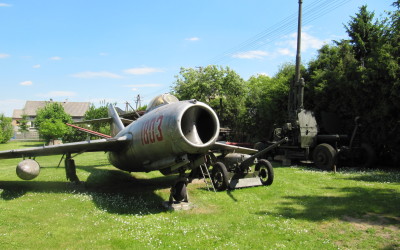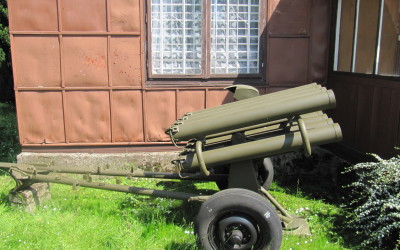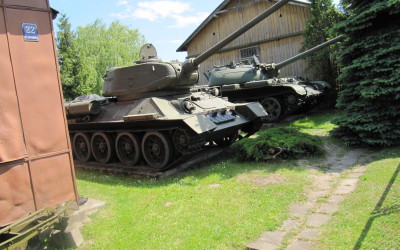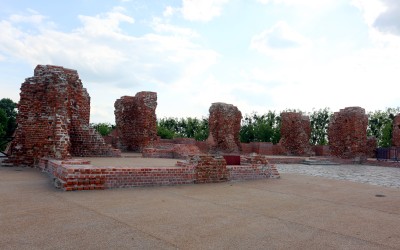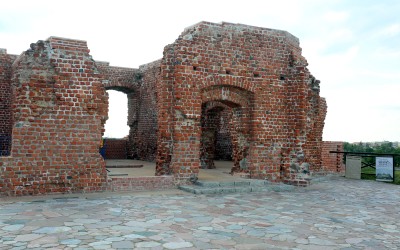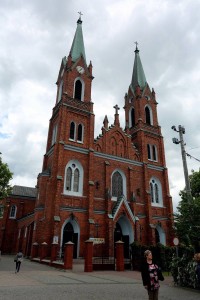Sochaczew is a town and a commune in the Mazovian voivodeship, in the Sochaczew district located on the Rivers Bzura and Utrata. The first mention of Sochachew was in 1138. At that time in the Benedictine monastery of the Holy Trinity, prince Bolesław III Wrymouth would die. In 1221, Sochachew was already the castellany capital, that is, the administrative centre of the time. The headquarters were housed in a wood and earthen enclosure. At that time, in Sochachew, there was a trading settlement situated at the meeting place of important routes between north and south (Kalisz-– Łowicz – Sochaczew – Czerwińsk – Ciechanów – Prusy), and between east and west Lithuania – Liw – Warsaw – Błonie – Sochaczew – Łowicz – Łęczyca – Gniezno – Poznań and on to the west). Sochachew and the area surrounding it became relatively well-developed. The Swedish invasion resulted in considerable destruction of the town. On 1st September 1939, the army of Hitler’s Germany invaded Poland. The residents of Sochachew had direct contact with the war on 3rdSeptember, when the first bombs fell on the town. In 1999, Sochachew became the capital of Sochachew district in the Mazovian voivodeship. Sochachew boasts a Narrow Gauge Railway Museum, which contains the largest collection of narrow gauge rolling stock in Europe.
thousand of inhabitants
Parishes
Deaneries
number of parishioners in Sochaczew deanery St. Lawrence
number of parishioners in Sanniki deanery
number of parishioners in Sochaczew deanery Our Lady of Perpetual Help
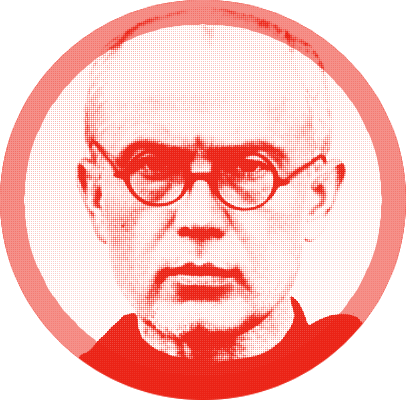
Not far from Sochachew, in the small town of Paprotnia, an extensive monastery of the Franciscan Fathers is to be found, together with a Basilica dedicated to Our Lady of the Immaculate Conception. This is the achievement of St. Maximillian Kolbe (Raymond Kolbe, 1894-1941). This modest Franciscan is etched in people’s hearts as a great devotee of Our Lady of the Immaculate Conception. Every action of his life, he submitted to Her. For Her, he founded the Militia of the Immaculate (MI), to defend the Catholic faith against those who would oppose it, for Her he established a publishing house in Niepokalanów, for Her, he went to Japan as a missionary, where he opened an identical monastery called Mugenzai no Sono, for Her, in 1941 he allowed himself to be arrested and finally sacrificed his life in Hitler’s concentration camp at Auschwitz, submitting to death through starvation in place of a fellow-prisoner, Franciszek Gajowniczek.
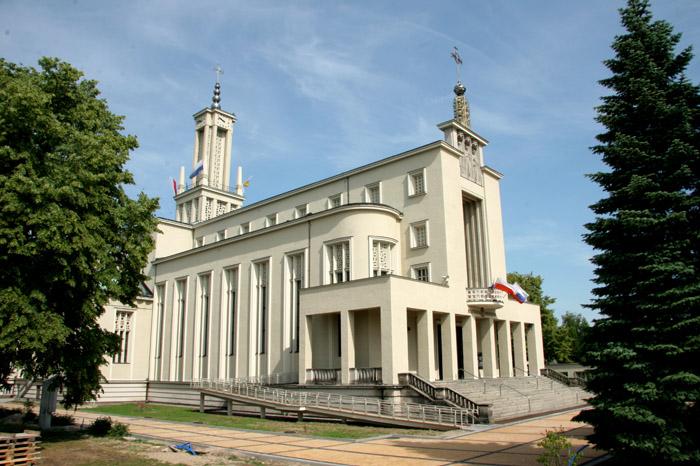
The Shrine in Niepokalanów, Basilica of the Blessed Virgin Mary the Omnimediatress of All Glories and Shrine of St. Maximillian Kolbe – a Franciscan monastery known as The Stronghold of the Virgin Mary, and site of the ministry of St. Fr. Maximillian Maria Kolbe, Franciscan priest, and martyr of Auschwitz. During World War II, it was a shelter for soldiers, the wounded, refugees (for a few months a group of 1,500 Jews stayed there). On the convent site are to be found: the St. Maximillian Museum, a Fire Service Museum, a Papal Museum, the Millennium Panorama, the Mystery of Christ’s Passion. The shrine was visited in 1983 by St. John Paul II.
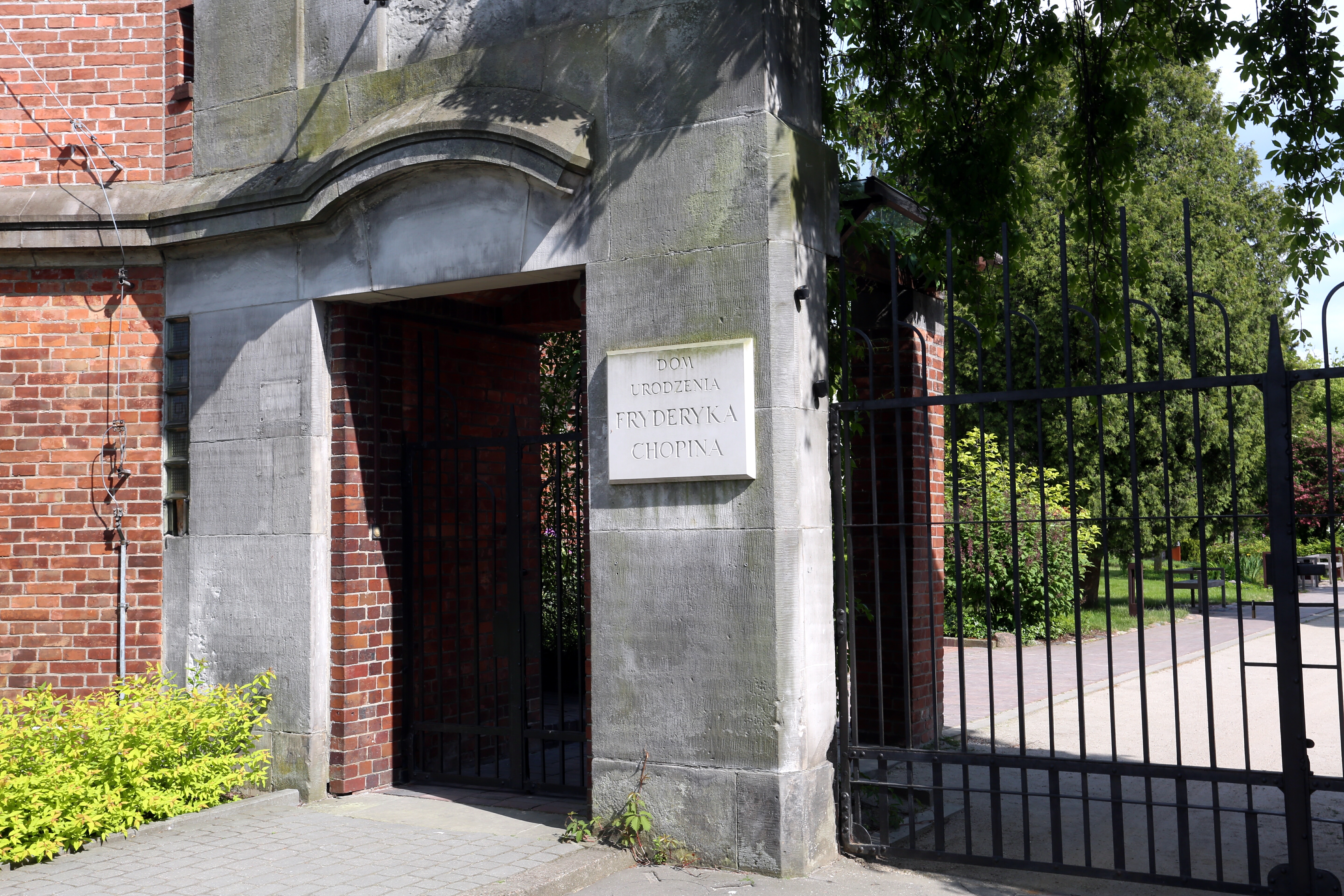
Żelazowa Wola – Frederick Chopin was born here. There is a museum housed in his birthplace, and a surrounding park. In 1894, the first statue of the great composer in Poland stood here, in front of the building.
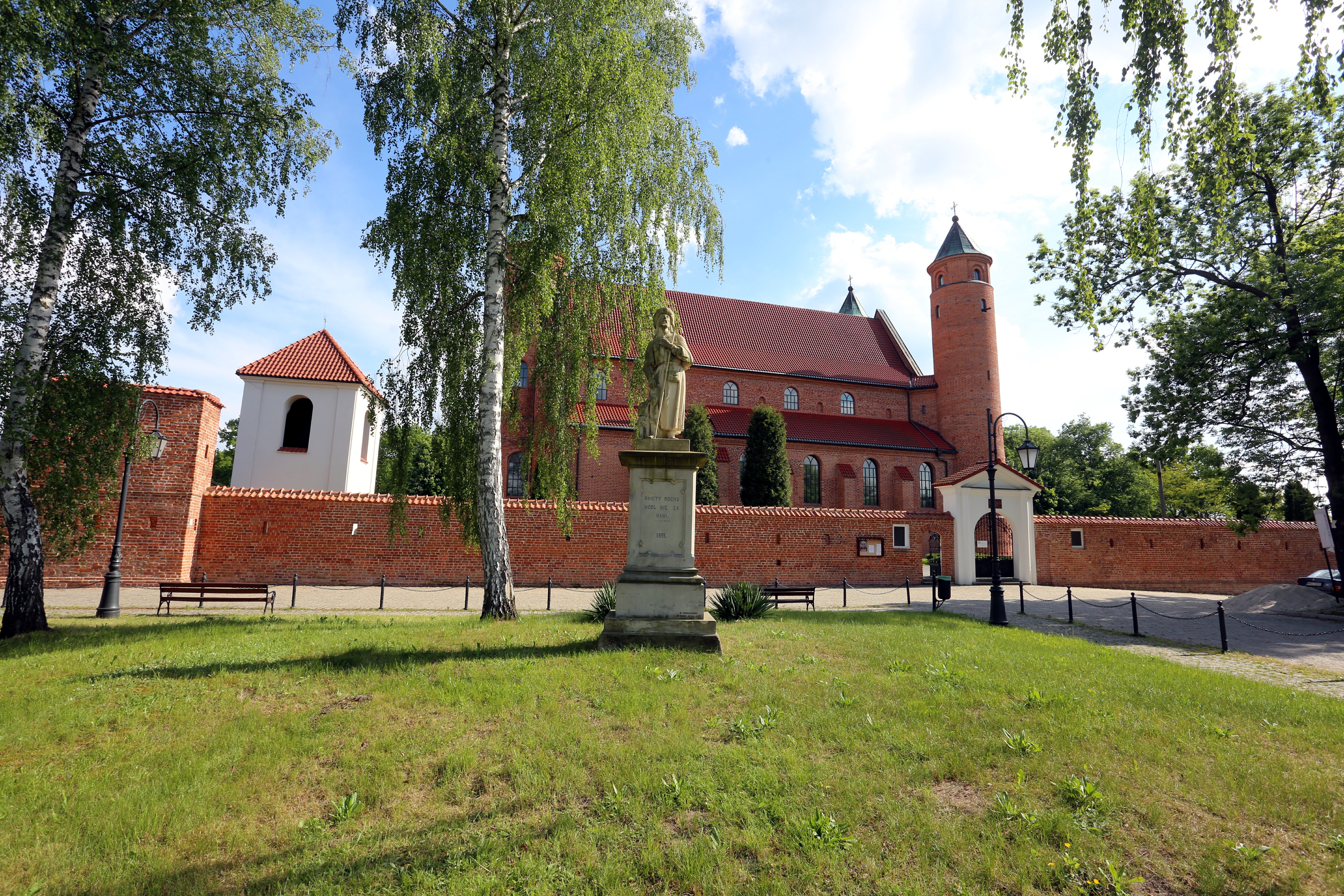
Brochów Church – dedicated to St. Roch, this is one of the few historical buildings in Poland which combined a sacred function with a defensive one. Built in 14th century, it has been redeveloped and rebuilt many times, for example following the Swedish invasion, and the destruction of both World Wars. Frederick Chopin was baptized in this church.
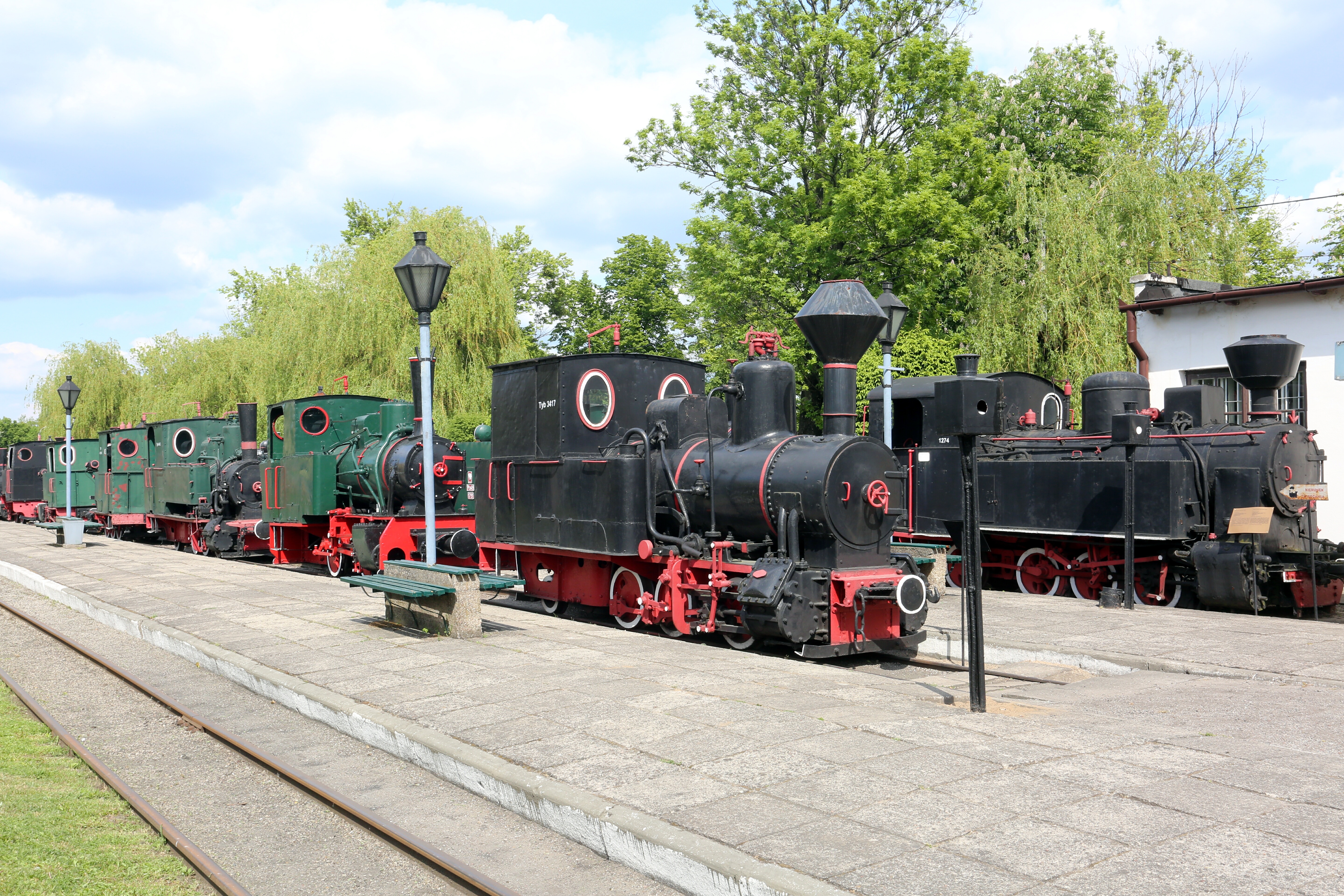
Narrow Gauge Railway Museum – the collection currently numbers over 200 exhibits, of which approximately 150 are on display. One of the chief attractions is the chance to take a ride on a reconstructed antique train on the edge of the Kampinos National Park.

The Sochaczew Museum and Bzura Battlefield Site – This memorial museum contains items from World War II in a permanent exhibition entitled The 1939-1945 Battlefield, as well as an outdoor exhibition in the museum’s courtyard.
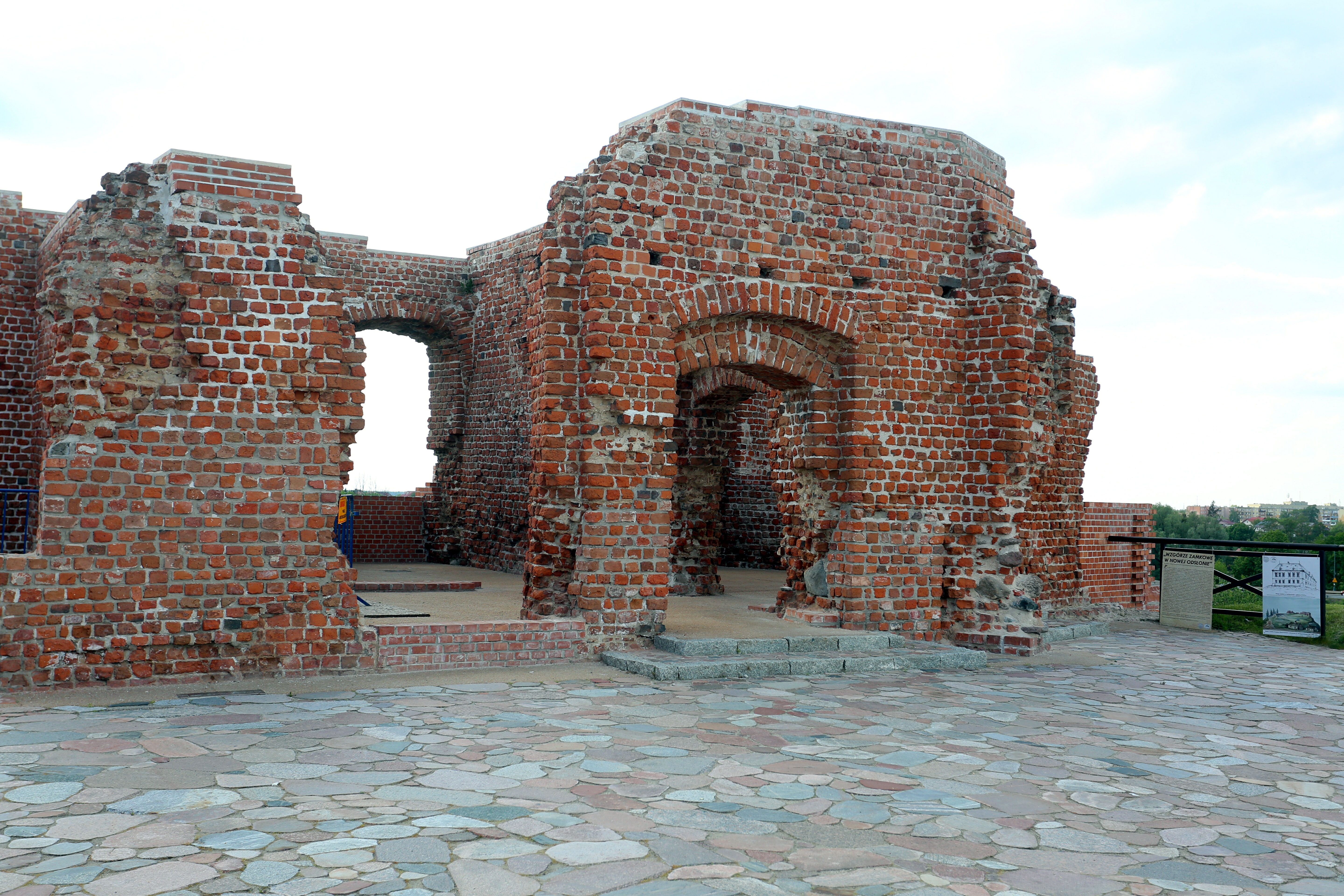
Ruins of the Mazowiecki Princes Castle – the castle was built around 14th century. It was destroyed by the Swedes in 17th century, rebuilt, and demolished by the Prussians in 18th century. The remaining rubble was removed in the first half of 20th century.
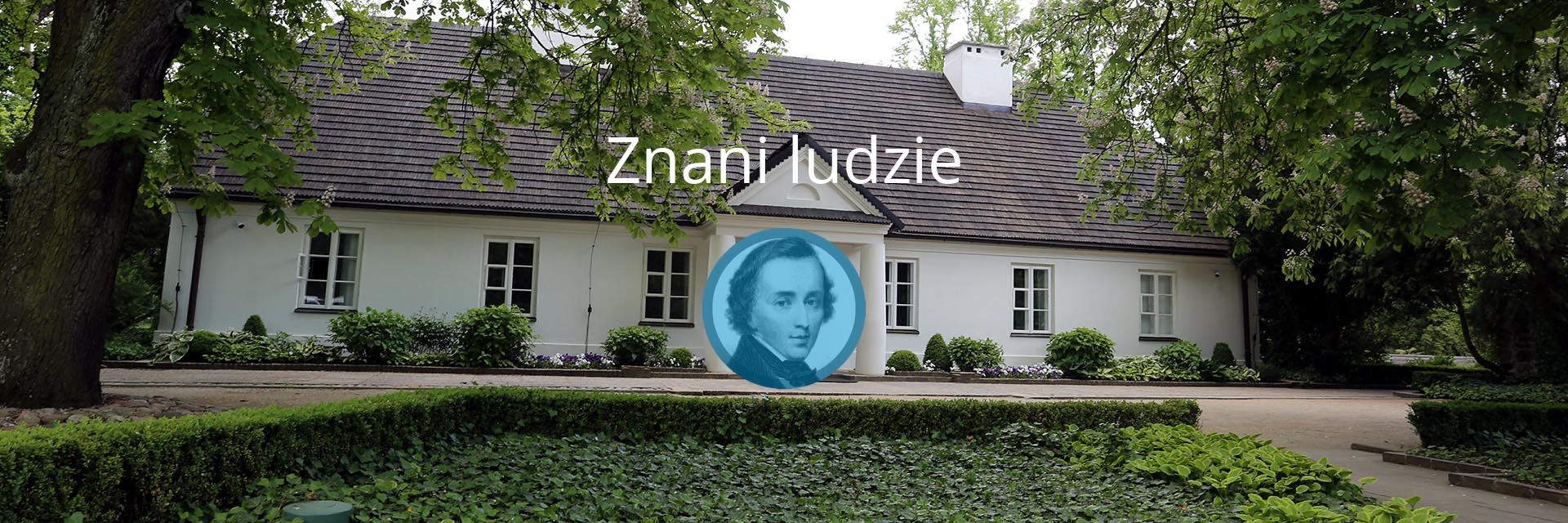
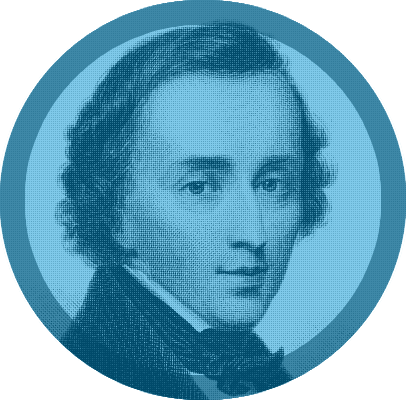
Frederick Chopin (1810-1849) was a Polish composer and pianist, born near Sochachew in Żelazowa Wola. However, from September 1831, he lived in Paris. He is considered as one of the best-known and most talented composers of music in the Romantic era. He wrote numerous polonaises, mazurkas, etudes, nocturnes, and sonatas. His inspiration during the first period of his creative life was drawn from Polish courtly and village traditions. He died in Paris, and is buried in the Pere-Lachaise cemetery in the French capital. His heart lies in Holy Cross Church in Warsaw.
Registration

